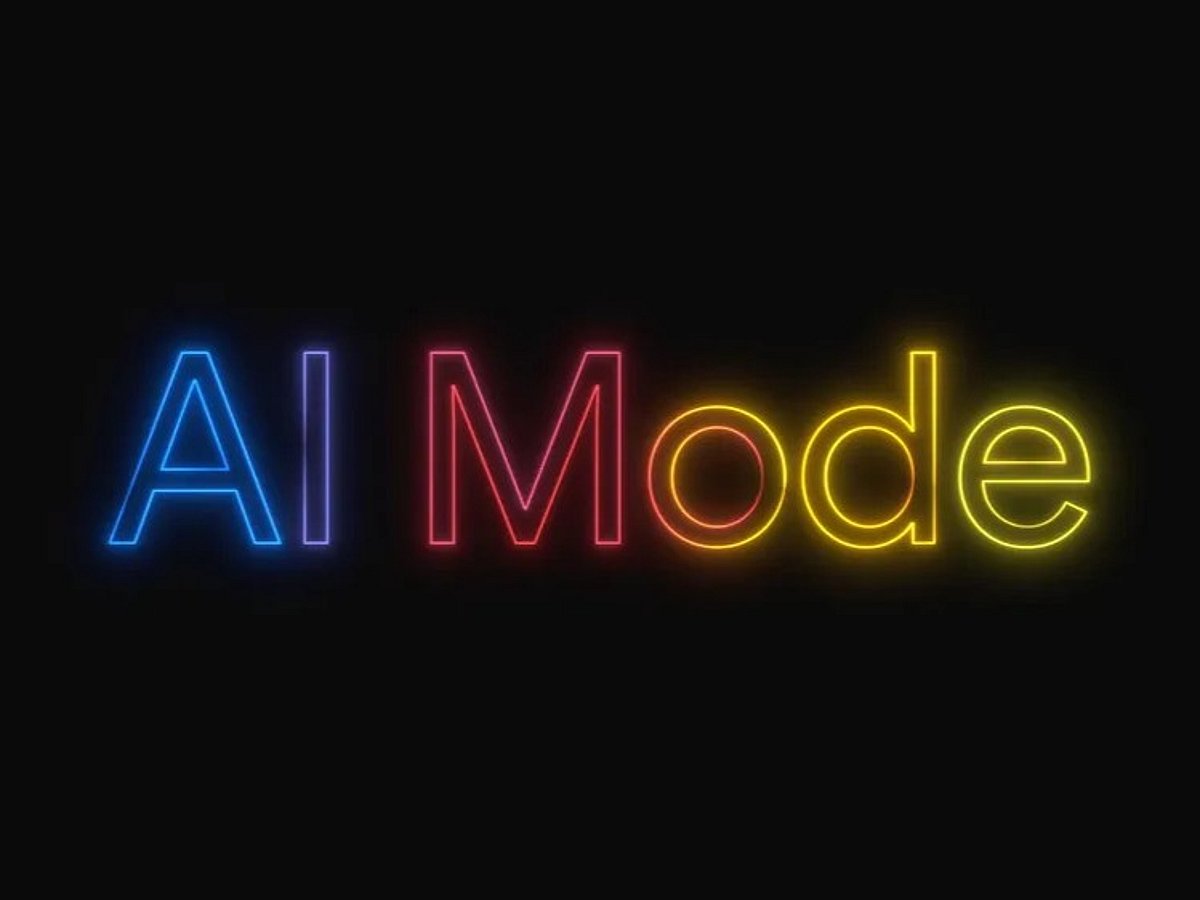The expansion gives millions more users access to a search experience that blends traditional web links with AI-generated summaries, agentic tasks (e.g. restaurant bookings), and increasingly personalized results.

The expansion gives millions more users access to a search experience that blends traditional web links with AI-generated summaries, agentic tasks (e.g. restaurant bookings), and increasingly personalized results.